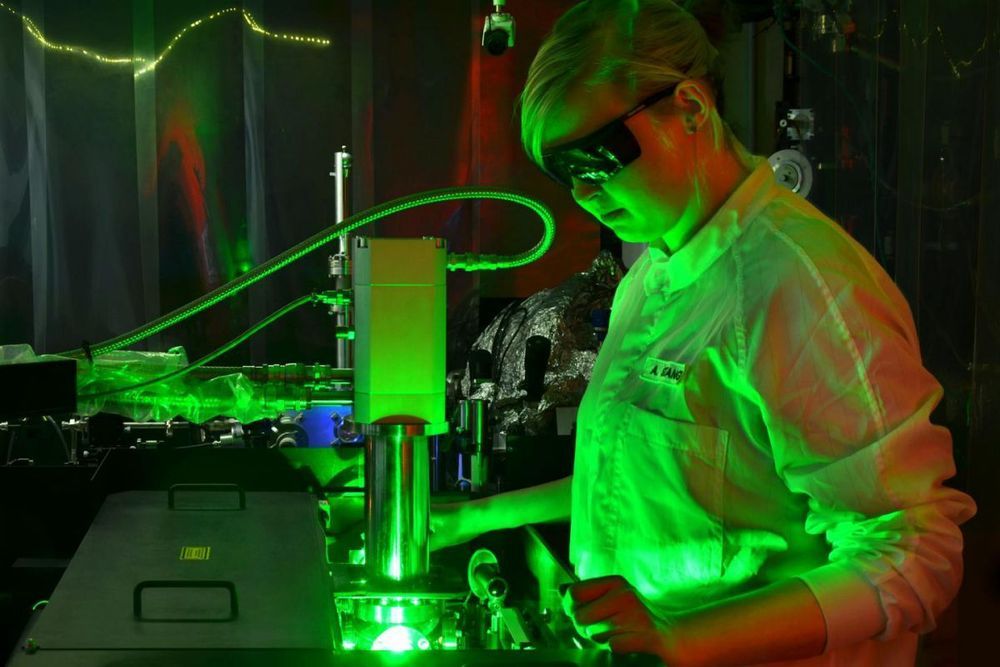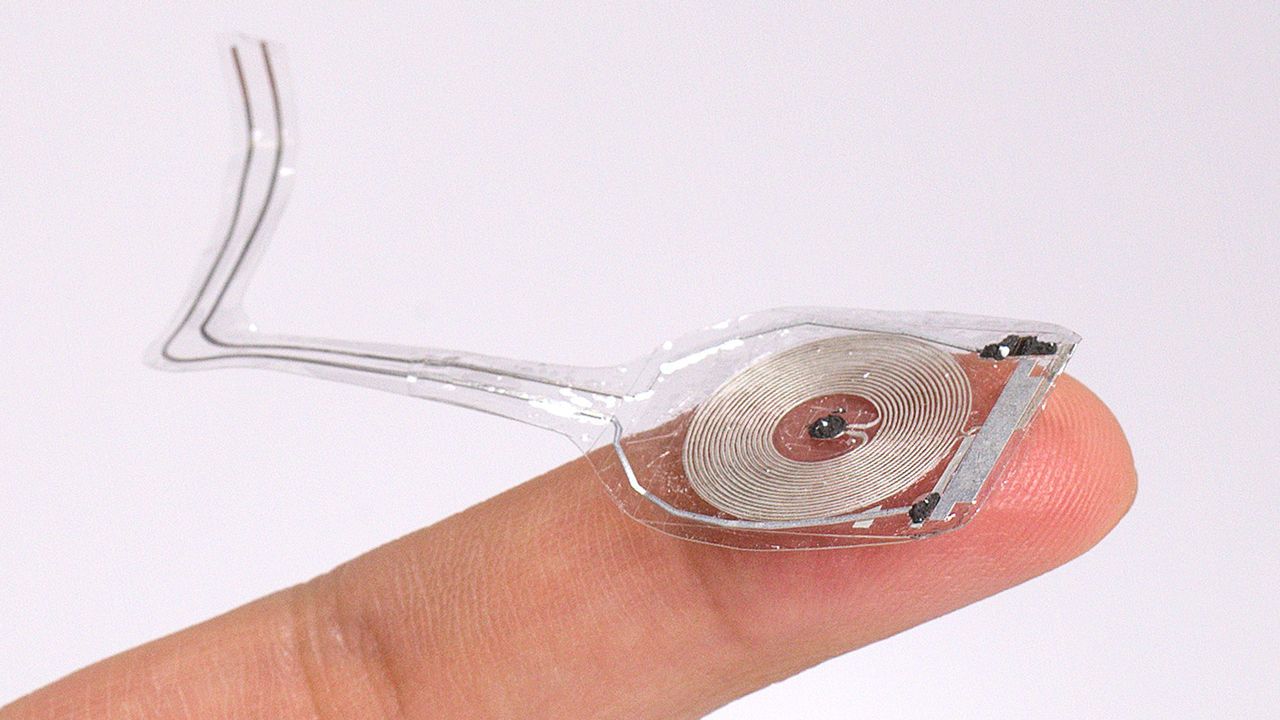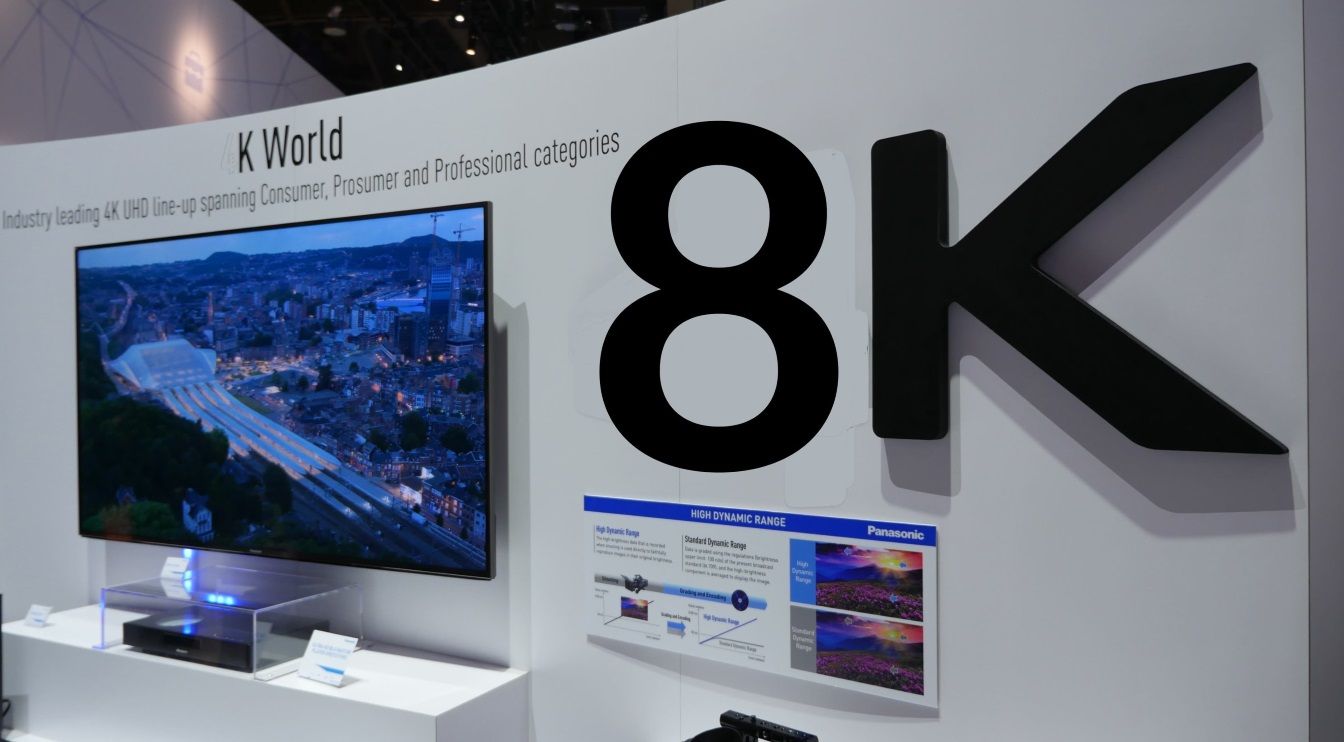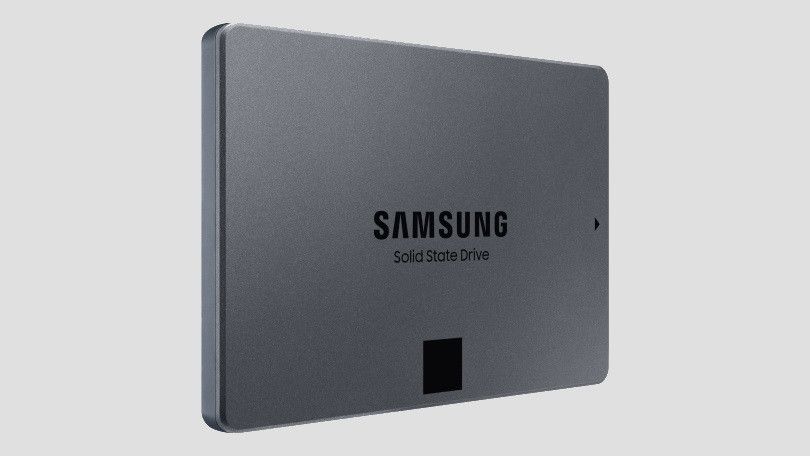It’s a whole new look at electrons.





But researchers have a new way to keep the materials and their associated circuitry, including electrodes, intact as they’re moved to curved or other smooth surfaces.
The results of their work appear in the journal ACS Nano.

This camera can capture photons of light in slow motion 📷.
Even the device’s creators were impressed by the clarity of the images.